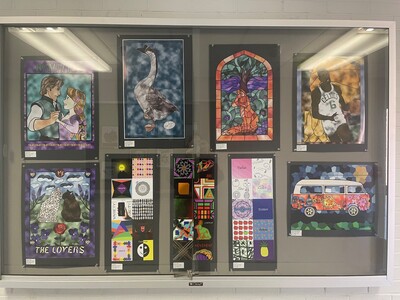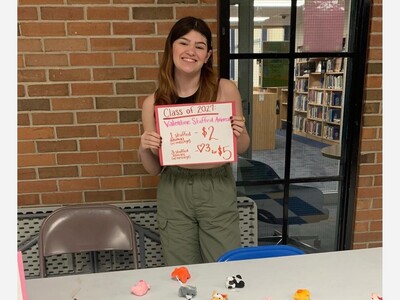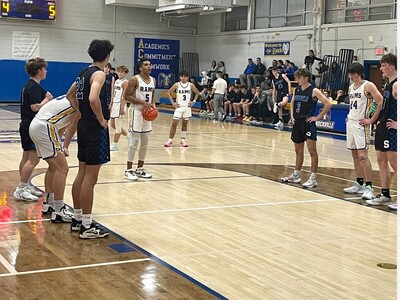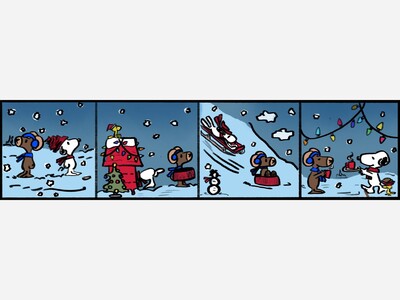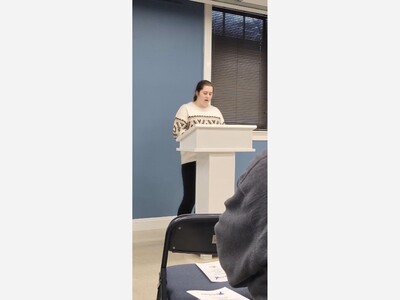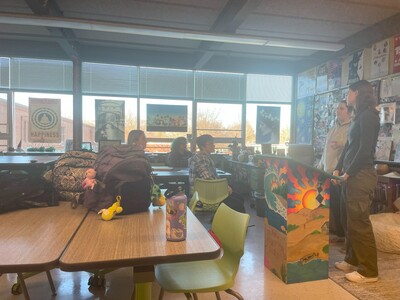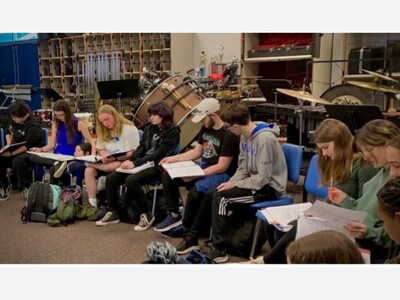The First Intifada (1987)
There have been two major uprisings in the history of the Israeli-Palestinian Crisis, also known as intifadas. The two were distinctly different from each other, and occurred over a decade apart. The one discussed in this article is the First Intifada which occurred in December of 1987. (Sela) This intifada was a popular uprising by the Palestinian people against the occupation by Israel, and has been described as a spontaneous event that was the high point in the image of the Palestinian resistance. Compared to the Second Intifada that would follow in the coming years, this one had less violence on the Palestinian side. It was defined as “nonviolent actions like mass boycotts, civil disobedience, Palestinians refusing to work jobs in Israel, and attacks (using rocks, Molotov cocktails, and occasionally firearms) on Israelis.” (Peace is Loud) The intifada completely surprised Israeli authorities and was caused by the Palestinian people themselves. The groups that were leading the charge were workers, students, and women’s organizations. (Sela)
The beginning of the First Intifada represented a hopeful turning point for the Palestininans as they were gaining international attention, and support for their non-violent protests compared to the harsh response by the Israelis. According to a PBS article, “Israeli forces killed more than 1,000 Palestinians and injured more than 130,000 in the First Intifada.” (Peace is Loud) On the contrary, fifty Israeli civilians were killed during the violence, a major difference that was caused by Israeli actions. Not only that, but the Israeli forces were known for torturing some of the tens of thousands of Palestinians who were held as prisoners. (Peace is Loud) The retaliation by Israel against the Palestinians continued and even the United Nations, as well as the United States, criticized their actions. (Peace is Loud)
The First Intifada also was incredibly important in regards to the Palestinian authority as during it, the Palestine Liberation Organization attempted to control the events, but instead two sects were created. One based in Jerusalem was the secular sect that followed the likes of the PLO. This one “made do with the use of stones and Molotov cocktails.” (Sela) On the other hand, the second sect, which became known as Hamas, was formed and was an Islamic group. They have been described as “Islamist-jihadist in character” and were mainly located in the Gaza Strip, and had significantly more calls to violence, and were much more of a military threat to Israel. (Sela)
As the uprising continued, it began to lose its more hopeful reputation and more violent undertones became prevalent. The previous non-violent protests increasingly turned violent and with the more violent nature, allowed for the Israeli retaliation to appear to be more acceptable. (Sela) Not only that, but the relations between the Arabs and Jews suffered greatly, however that actually helped to unite more Arabs politically who lived in Israel. (Sela)
Works Cited
Sela, Avraham. “The First Intifada: How the Arab-Israeli Conflict Was Transformed - Haaretz Com.” Haaretz, 13 December 2012, 9ii https://www.haaretz.com/2012-12-13/ty-article/.premium/first-intifada-a…. Accessed 21 March 2023.
Peace is Loud. “What you need to know about the 1987 Intifada | Women, War and Peace.” PBS, 22 March 2019, https://www.pbs.org/wnet/women-war-and-peace/uncategorized/what-you-nee…. Accessed 21 March 2023.
